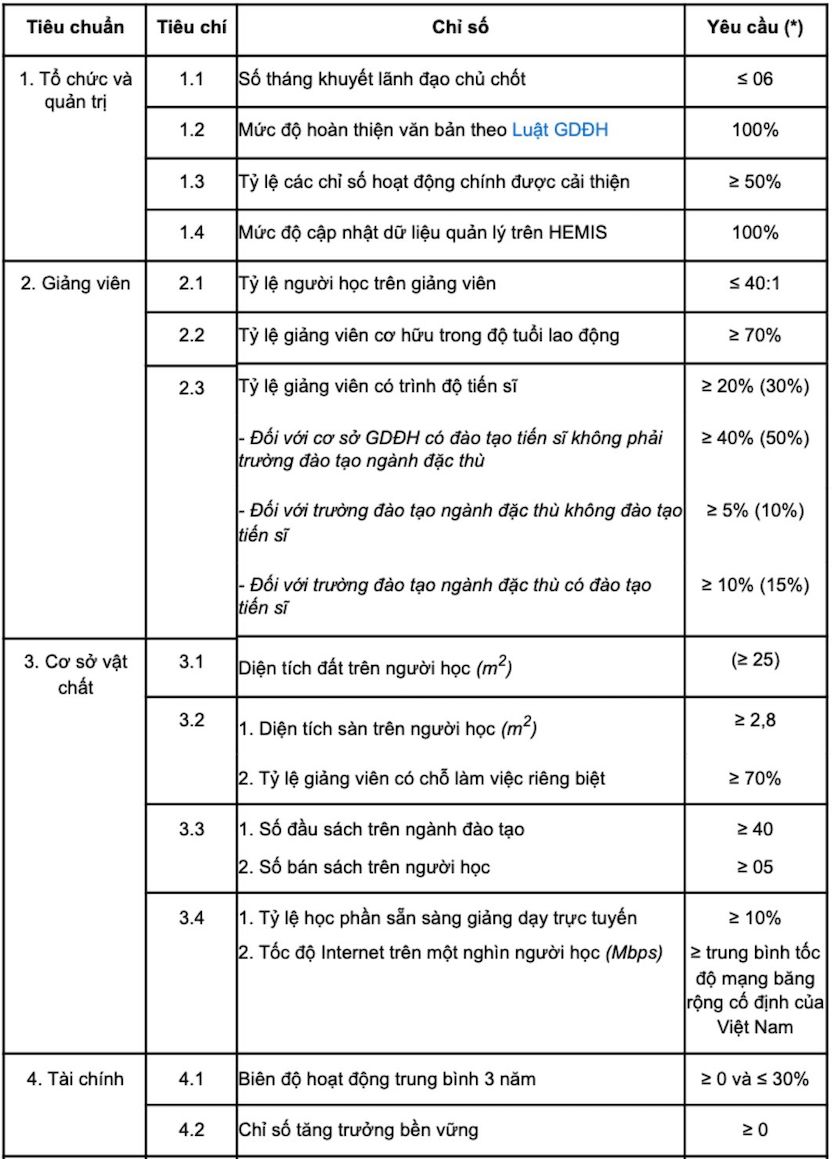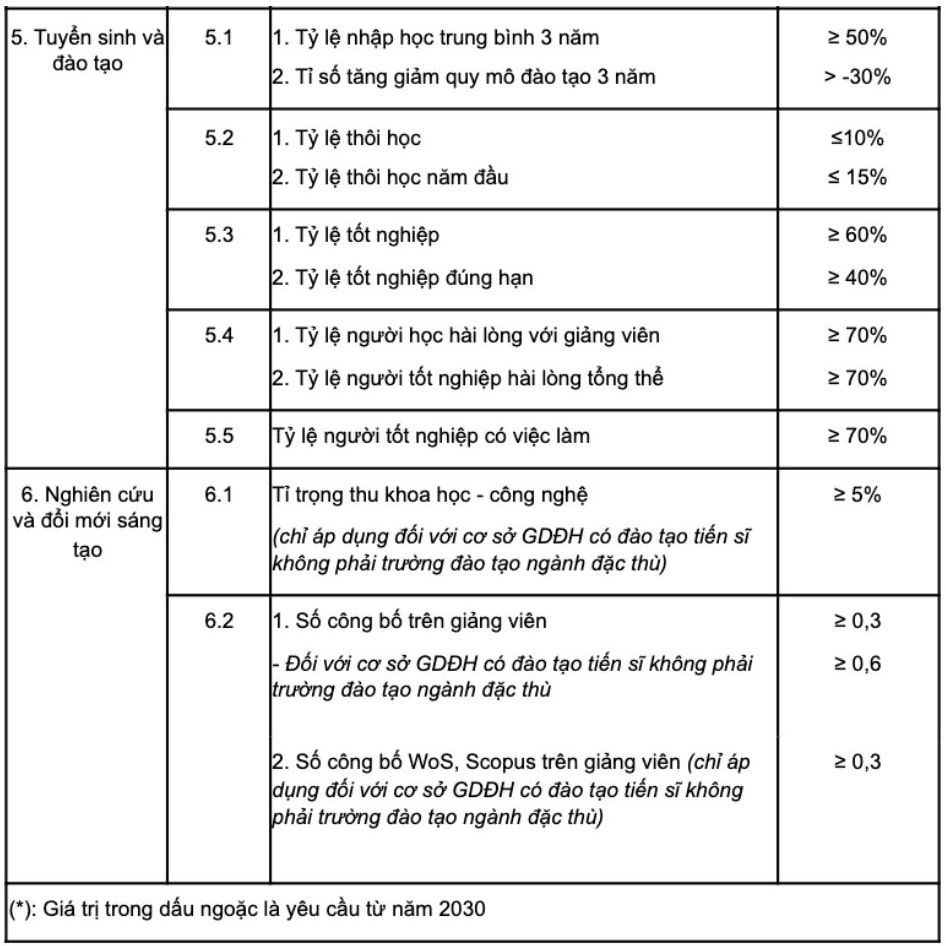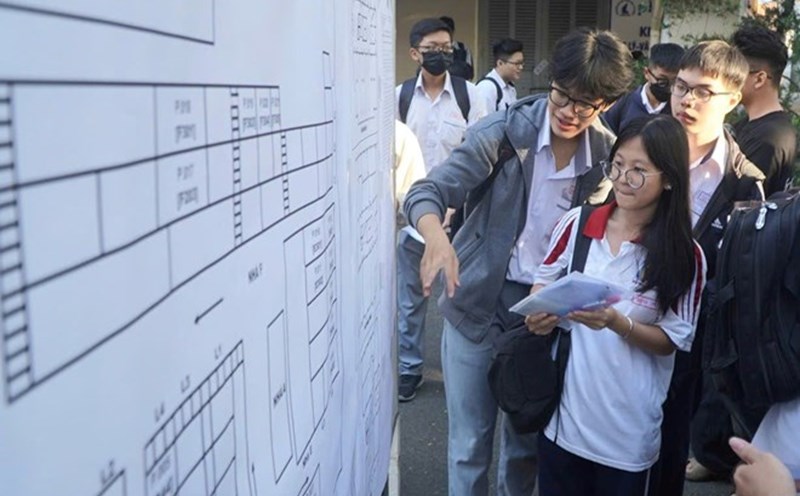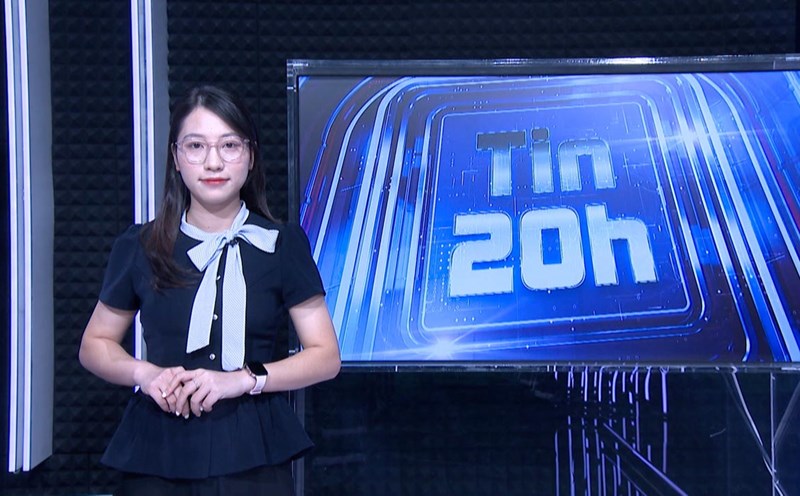At the 2025 Higher Education Conference, Minister of Education and Training Nguyen Kim Son emphasized the policy of rearranging educational institutions in the coming time.
Minister Nguyen Kim Son said that the education sector is facing many problems and many changes, including preparing for a major reorganization of educational institutions.
Regarding how educational institutions will have to be arranged to reduce focal points, the Minister said that for non-public schools, they will solve it themselves, educational institutions of the police and military sectors will follow the ministries and branches. After deducting these figures, there are currently a total of about 140 public universities.
In particular, schools close to each other in terms of fields will join to overcome the situation of small pieces and cannot develop" - Minister Nguyen Kim Son said.
On September 21, the Government Steering Committee issued a plan to reorganize public service units, state-owned enterprises and organizations in the administrative system. For the education sector, the Steering Committee requires the rearrangement of the education, healthcare and state-owned enterprise systems; in which, merging or dissolving universities that do not meet standards.
Regarding the standards of universities, the Ministry of Education and Training has issued Circular No. 01/2024/TT-BGDDT regulating the standards of higher education institutions.
Accordingly, 6 standards to ensure the quality and operation of a university include: Organization and administration, lecturers, teaching and learning conditions, finance, enrollment and training, research and innovation.
Regarding organization and governance, key positions such as principals or university directors, school council chairmen cannot be short-term for more than 6 months; each year, at least 50% of the school's strategic activity index is achieved; data is connected and updated on the Ministry's system (HEMIS).
Regarding the teaching staff, the ratio of students to full-time lecturers needs to be 40 or less; the ratio of permanent lecturers accounts for at least 70% of the total. The group of lecturers with a doctorate degree must reach 20-40% or more, and from 2030 it will be 50%.


Infrastructure standards include indicators of land area, information systems and learning materials. Accordingly, universities must ensure that from 2030, the average land area per full-time student is at least 25 m2...
Regarding finance, the Ministry requires the average interest rate range for the last 3 years (up to the time of assessment) to be around 0-30%. This range is determined by the difference in revenue and expenditure on total revenue.
In addition, the growth index must not fall to a negative level. This index is determined by the average increase in total revenue and the increase in revenue outside tuition, budget, and regular expenditure support investors.
In enrollment and training, the Ministry requires the above enrollment rate to be no lower than 50%; the training scale has not decreased by more than 30% in the last three years.
The annual drop-off rate of students is not higher than 10%, the first year alone is not more than 15%. Students who graduate on time from 40% or more, the rate of suitable jobs in their profession within 12 months after graduation is not lower than 70%...
Regarding research and innovation, higher education institutions must demonstrate this capacity through revenue and scientifically published results.
Specifically, the proportion of revenue from scientific and technological activities on the total revenue of schools (with doctoral training) in the last 3 years is not lower than 5%. On average, a mechanical lecturer achieves at least 0.3 - 0.6 scientific and technological papers per year.










